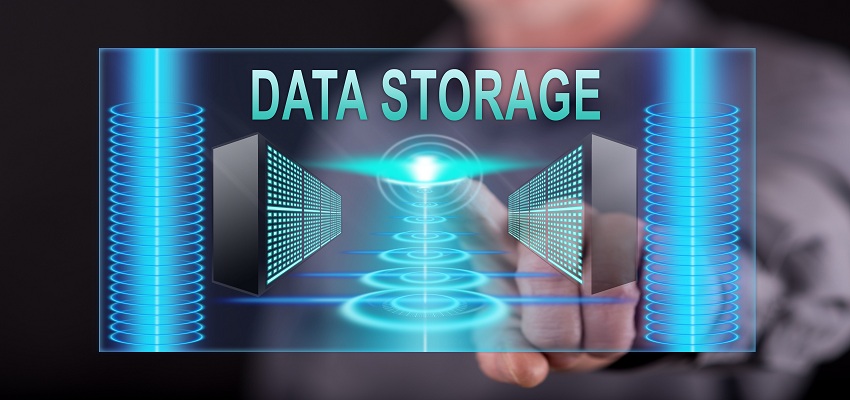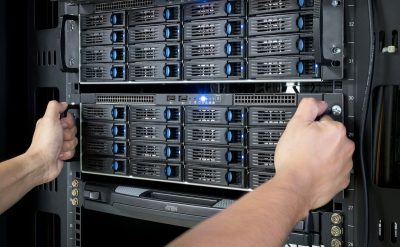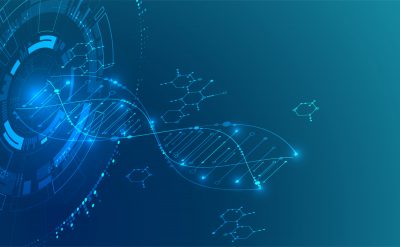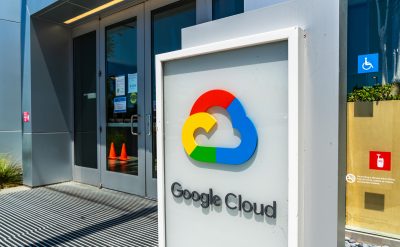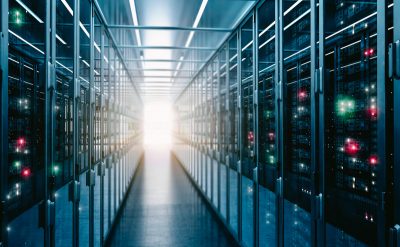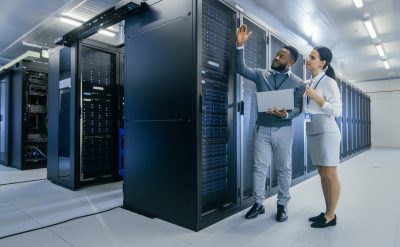Storage is increasingly getting smarter over time with usage of analytics capabilities that integrate data from different sources into arrays. Segregating of data using analytics increases the storage capabilities, as similar data use the better combination to increase storage capacity.
Artificial Intelligence (AI), Predictive analytics and machine learning all the technologies, provide better insights for the decision making. They are combining technology to enhance the data storage and actively reduce the problem of bigger data centers. The increased intelligence of data storage is due to update in the infrastructure technology- All-flash Arrays (AFAs), hybrid-converged infrastructure. Enterprises all over the world are increasingly adopting real-time data analysis and performance oriented data to solve live –business challenges.
Storage is not considered as a separate slice of the data center technology that can be managed in isolation. Using sophisticated analytical techniques to improve data utilization for better data management.
AI and Machine learning are being considered as the new tools to improve the data storage and analysis. A self-segregating of data can resolve many technical issues for better data capacity management improving the availability, performance, and productivity of data storage.
Let’s understand different the predictive analytics, AI and Machine learning that is being used to improve the data storage.
PREDICTIVE ANALYTICS SEEING WIDER ADOPTION
The increased usage of flash arrays has led to many enterprises adopting the predictive analytics to forecast different trends, plan infrastructure and reduce the overhead cost for the data centers. Using the predictive analytics that deploys different machine learning techniques to analyze the storage stack and address the storage issues before they arise.
In the predictive analytics, it uses the statistical methods to project different outcomes based on the patterns in the historical data. A combination or individual methodologies such as analytical query, predictive modeling, data mining, and machine learning can be used.
Machine learning is the underlying method that trains the predictive algorithm to evolve as the data is updated. As the data evolves, predictive analytics relies on the machine learning to effectively support different challenges without any indicative intervention.
Know more about recent technology development in data storage, download whitepapers.
ARTIFICIAL INTELLIGENCE (AI) TO IMPROVE THE PERFORMANCE
Artificial Intelligence rose to prominence in the data center in the year 2018. Data storage providers integrated different AI based analytics engine in the storage layer subtracting the potential bottlenecks and performance issues. AI acts as a tool that sizes-up the data storage to meet different performance requirements. The increased cloud performance with server-less computing, virtualization, containerization, and micro-services have contributed to the rise of AI. Applications that embedded different machine learning techniques to automate the data center tasks.
HERE IS THE LIST OF VENDORS THAT PROVIDE STORAGE CAPACITY COMBINED WITH PREDICTIVE ANALYTICS
1. Hitachi Vantara
Hitachi Vantara was launched after combining the Hitachi Data Systems (HDS), Pentaho IoT data analytics and Hitachi Insight Group. Hitachi Vantara is a subsidiary of Tokyo based Hitachi Ltd. Hitachi is mostly targeting the high-end industrial sectors, developing the storage for machine-generated data to fit all profiles. The target sectors are defense, electronics, energy, medical, construction, and automotive.
2. Violin Systems
The violin XVS8 is an NVMe-over-fabrics equipped with an array for the scale-up database. Inducting the 3U form factor that can scale-up the capacity from 256TB to 512TB to manage the workload that needs better performance. The advanced data services can be increased with concerto OS, to provide the service of asynchronous and synchronous replication, clustering and thin provisioning.
3. NetApp
NetApp adopted the AI storage market with platform combining the FAS all-flash array and NVIDIA supercomputers. With NetApp AI OnTap converged infrastructure is a combination of NetApp’s FAS A800 all-flash NVMe array integrated with the NVIDIA DGX-1 servers along with Graphical Processing Units (GPU).
To know more about the data storage, you can download our whitepapers.




